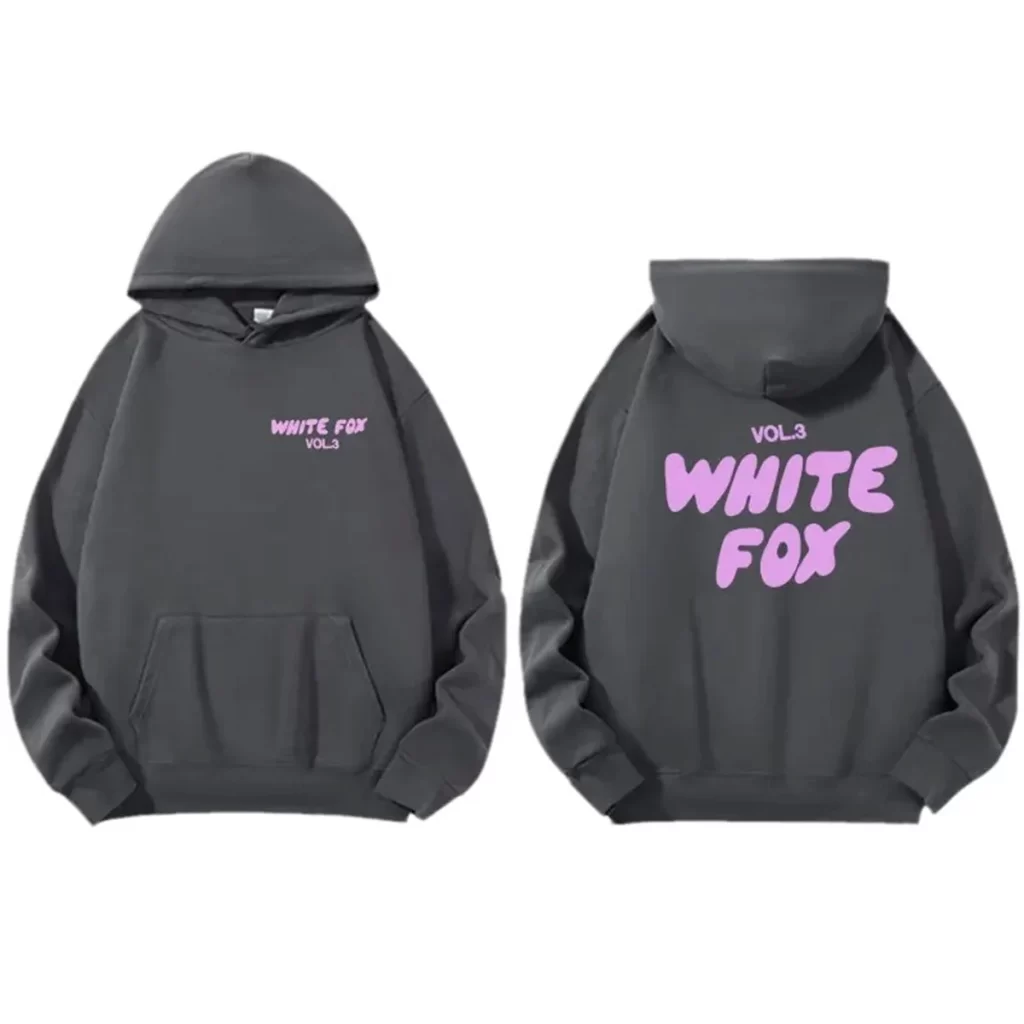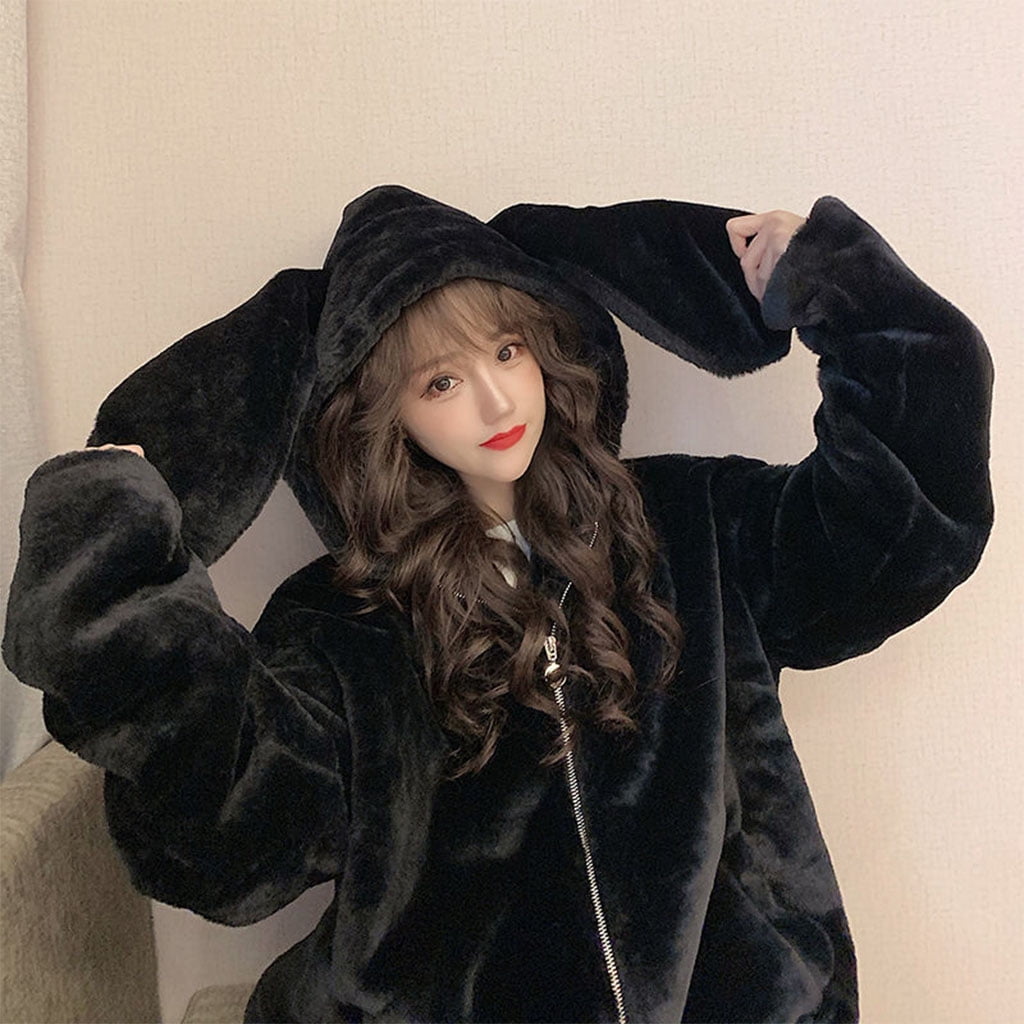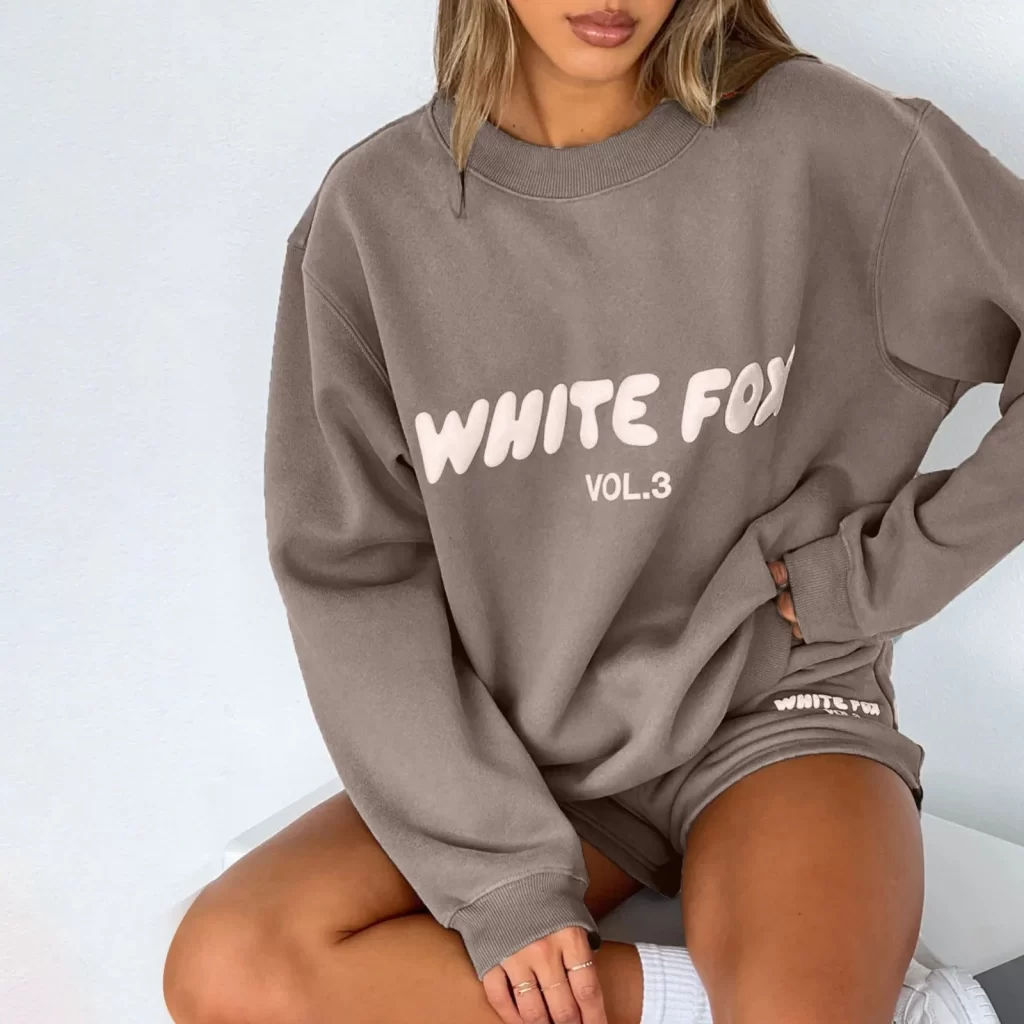RaIntroduction
As the winter chill sets in, the quest for the perfect blend of fashion and functionality intensifies. Among the myriad of options, the luxury rabbit fur coat stands out as a pinnacle of style and warmth, encapsulating an essence of sophistication that is hard to replicate. This elegant garment transcends trends, becoming a wardrobe staple that promises to elevate any cold-weather ensemble while enveloping its wearer in unparalleled comfort.

The Allure of Rabbit Fur
Rabbit fur has long been celebrated for its unique properties that make it a favorite among fashion enthusiasts and connoisseurs alike. Its softness, known to rival even the finest cashmere, offers a gentle touch against the skin, making it a delight to wear. Unlike heavier furs, rabbit fur is lightweight yet incredibly warm, providing insulation without the bulk, ensuring you stay cozy without compromising on style or freedom of movement.
Sustainability and Ethics in Luxury
In today’s conscious fashion landscape, ethical sourcing and sustainability are paramount considerations. Many high-end brands ensure their rabbit fur coats adhere to strict animal welfare standards and utilize responsible farming practices. Consumers can indulge in the luxury of a rabbit fur coat with peace of mind, knowing that their purchase supports ethical practices that minimize environmental impact and respect animal rights.
Timeless Style and Versatility
A luxury rabbit fur coat is not just an item of clothing; it’s a statement piece that instantly transforms any outfit into a chic ensemble. Whether draped over a simple sweater and jeans for a casual coffee run or paired with a glamorous evening gown for a winter soiree, this coat adds a touch of glamour that is both classic and contemporary. Neutral hues like ivory, black, and gray offer versatility, while bolder colors and patterns allow for personal expression and a playful touch to winter dressing.
Caring for Your Investment
Investing in a luxury rabbit fur coat means committing to proper care to ensure its longevity and beauty. Regular brushing with a soft-bristled brush helps maintain the fur’s luster and prevent matting. It’s essential to store the coat in a cool, dry place, ideally wrapped in breathable cloth to protect from dust and light. Professional cleaning once a season by a fur specialist is recommended to keep the coat in pristine condition.
The Emotional Connection
Beyond its practicality and aesthetic appeal, a luxury rabbit fur coat often becomes an emotional heirloom, passed down through generations. The sentimental value attached to such a precious item only grows with time, making it more than just a winter essential—it becomes a symbol of family tradition, love, and cherished memories.

Animal Welfare Concerns
At the heart of the controversy lies the treatment of rabbits raised for their fur. Unlike wild animals hunted for their pelts, farmed rabbits are bred specifically for this purpose, often in factory farm conditions. These facilities prioritize efficiency and profit over animal welfare, leading to cramped enclosures, poor nutrition, lack of veterinary care, and inhumane killing methods.
Rabbits are highly social and sensitive animals, capable of experiencing fear, pain, and distress. The conditions they endure on fur farms can cause immense suffering, from physical health problems like infections and injuries to psychological stress from confinement and lack of stimulation. Moreover, killing methods, including electrocution, gassing, or neck-breaking, are often cruel and do not adhere to humane slaughter standards.
Environmental Impact
Beyond the ethical concerns for the animals themselves, the production of rabbit fur also carries significant environmental consequences. The farming process requires resources like water, food, and energy, contributing to land degradation, deforestation, and greenhouse gas emissions. Additionally, the chemicals used in fur processing, such as dyes and preservatives, can contaminate water sources, affecting both human health and ecosystems.
Fur products, including rabbit fur coats, are also not biodegradable due to the chemical treatments they undergo. When discarded, they can take years to decompose, further exacerbating waste management issues.
Alternatives to Rabbit Fur
In response to growing ethical and environmental concerns, the fashion industry has seen a rise in alternative materials that mimic the look and feel of real fur without the associated harm. Innovations in textile technology have led to the development of high-quality synthetic furs made from recycled plastics, plant-based fibers, and even bioengineered materials. These alternatives offer comparable luxury and warmth while being more sustainable and cruelty-free.
Additionally, designers and consumers are increasingly turning to natural, renewable resources like wool, alpaca, and even plant-based fibers for insulation and texture in clothing, reducing the reliance on animal-derived materials.
Evolving Consumer Attitudes
Consumer awareness and preferences play a pivotal role in shaping the fashion industry’s practices. With increased access to information about the realities of fur farming and the environmental impact of fashion, there has been a notable shift towards ethical consumption. Many consumers now prioritize sustainability and animal welfare when making purchasing decisions, opting for brands that align with their values.
Fashion houses and retailers have responded by adopting fur-free policies, with several high-profile designers publicly renouncing the use of real fur in their collections. This movement reflects not only a change in consumer behavior but also a broader cultural shift towards more compassionate and responsible fashion choices.

Regular Grooming
Brushing:
- Frequency: Gently brush your rabbit fur coat with a soft-bristled brush or a specialized fur brush once every few wears or when it appears to have collected dust or light debris. Avoid over-brushing as it can damage the delicate hairs.
- Technique: Start from the bottom and work your way up, carefully following the direction of the hair growth. Use light, gentle strokes to remove any loose dirt or particles.
Removing Debris:
- For stubborn debris or small knots, use a fine-toothed comb very gently. You can also use a soft, damp cloth to spot-clean minor stains or dirt.
Cleaning
Dry Cleaning:
- Professional Cleaning: It’s highly recommended to have your rabbit fur coat professionally dry cleaned. Professionals have the expertise and gentle cleaning solutions specifically designed for rabbit fur, which helps maintain the integrity of the fur and prevent damage.
- Avoid Home Cleaning Methods: Do not attempt to wash your rabbit fur coat at home using water or regular detergents. This can severely damage the fur and even ruin the coat.
Spot Cleaning:
- For small stains or spills, immediately blot (do not rub) the area with a clean, damp cloth. You may use a tiny amount of mild soap specifically designed for fur on a Q-tip for more stubborn stains, but test it on an inconspicuous area first.

Storage
Climate Control:
- Store your rabbit fur coat in a cool, dry place away from direct sunlight, heat sources, and damp areas. Ideally, the storage area should be well-ventilated to prevent moisture buildup.
- Avoid storing near cedar or mothballs as these can dry out the fur and cause damage over time.
Hanger or Flat Storage:
- Hang the coat on a broad-shouldered hanger to maintain its shape. Ensure the hanger is covered with cloth to prevent any snags. Alternatively, you can store it flat in a breathable garment bag, layered with acid-free tissue paper to prevent crushing and maintain its form.
Moisture & Humidity Management
- Regularly check your stored fur for signs of moisture. If you notice dampness, gently shake out the coat and allow it to air-dry in a well-ventilated room, away from direct heat or sunlight.
Annual Inspection & Conditioning
- Take your rabbit fur coat to a professional furrier at least once a year for a thorough inspection and conditioning. They will check for any damage, mend it if necessary, and apply a conditioning treatment to keep the fur soft and supple.
Insect Prevention
- While rabbit fur is less prone to moth damage than other types of fur, it’s still wise to take precautions. Regular grooming and keeping the storage area clean can help deter insects. Consider using natural repellents like lavender sachets instead of mothballs.

Conclusion
In the realm of winter fashion, few pieces can rival the luxury rabbit fur coat in terms of elegance, warmth, and versatility. It’s a choice that marries fashion-forward thinking with respect for tradition. Offering a tactile and visual indulgence that enhances every wearer’s experience of the colder months. As you slip into this exquisite garment, prepare to embrace not just the frosty outdoors. But also a sense of timeless style and a connection to a legacy of craftsmanship and beauty. In the world of winter essentials. The luxury rabbit fur coat reigns supreme as a true investment in personal luxury and sartorial heritage.
